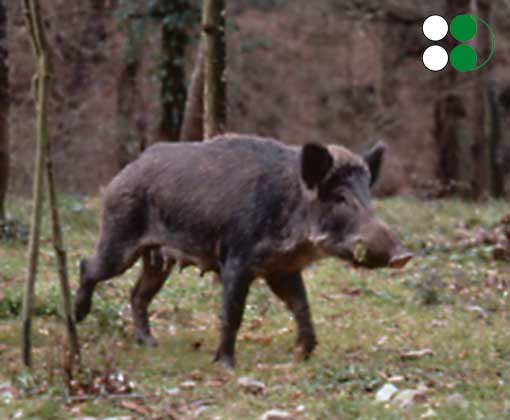PRODUCTIONS: FEET: LIFE SUPPORT
(Serie: Animal Files)
DIRECTOR
PRODUCER
DURATION
VERSIONS
FORMAT
Carlo & Lodovico Prola
Ditta Prola
26'

SD

What allows some animals to graze at a height of 6 metres, and others to perform acrobatic feats, or remain glued like suction cups to any type of surface? Their feet, of course. Let’s prepare for a journey to discover the most curious “extremities” in the animal kingdom.
If giraffes have the longest legs in the world, the elephant has the widest and heaviest hooves. From macro to micro: from the infinitely huge to the infinitely tiny. Have you ever tried to count a millipede’s feet? Are they, or are they not, also champions in the animal kingdom?
We can see animals that walk on their toes, and others that prefer using the whole foot. On the other hand, the ungulates choose to walk on the tips of their hooves. Speaking of spiders, how do they walk on their webs without becoming entrapped themselves? Easy: by skating! Insects’ feet never cease to amaze us: each little creature’s feet serve “specialised” purposes, tailored to their particular movement and use. Butterflies’ taste is all in their feet! In fact, they don’t use their feet just for walking or clinging to leaves, thanks to sturdy claws. They are also veritable sense organs, through which lepidopters perceive touch and smell.
And these are only few examples of what we will see on our journey. And once again, we will be amazed at the extraordinary spectacle Mother Nature has to offer.


